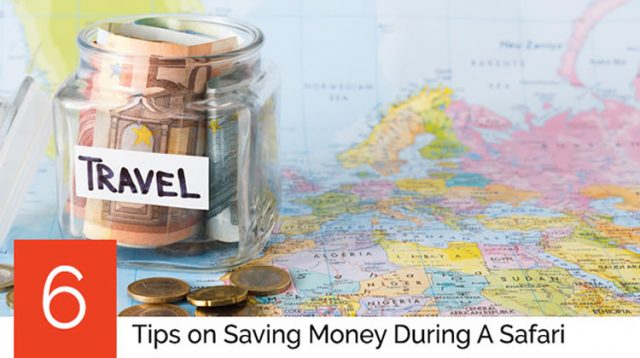In many parts of Africa, safaris can be pretty expensive. Tanzania, South Africa, Botswana are all countries that charge a lot of money to go searching for animals.
In most destinations, a typical safari will run about $100 per day per person and that is pretty average to low end. That safari can end up biting a huge portion of your already slim budget. Are these costs justified? Sure!
Huge portions of the fees go back to the government to maintain the roads, stop poaching, and help fund other education projects in the area.
But for a traveler with little money, it can sometimes be too expensive.
But how often to you make it to Africa? How many times can you see actual animals in the wild? Probably not too often! You still want to take advantage of witnessing an elephant rolling in water, right? Or, better yet, watching a lion and her cubs share a fresh meal?
- Ask Locals
If you are in an area that is known to have animals and you see villages or settlements, this is where you should stop. Locals are the always the best source of information for finding animals. Although sometimes it can be difficult communicating with them, simple animals signs can make them understand, and more often than not, someone will know English or French. If not, crawl around on the ground pretending you are a lion and see what they do.
- Use the 24-Hour Rule
If you absolutely have to go inside a national park, check to see how long you are allowed inside. Often times there is a 24-hour rule; meaning you have 24 hours from the time you entered until the next day. Often this is a great way to do more than one safari and not have to pay the entrances fees again. Arrive at the crack of dawn the next day, and enjoy a morning safari before you must depart. Then, like I mentioned above, cruise around the outskirts of the park








